SAILING FROM FRENCH POLYNESIA TO HAWAI
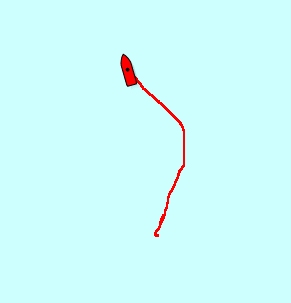
This is a long sail that crosses three weather zones. It can be a pleasant sail, or it can be unpleasant. Despite our best planning, it was unpleasant for us.
We saw this sail as having three phases related to the three weather zones it crosses. The first phase is from French Polynesia to the equator. The second phase is across the equator and through the intertropical convergence zone (ITCZ). The third phase is from the ITCZ to Hawaii.
The first and third phases of this sail are in waters that experience hurricanes in their respective summers. Therefore, it should be sailed during the ‘change of seasons’ when neither winter storms nor hurricanes are likely. That is November/December or May/June. We chose May/June.
It is particularly difficult to sail the rhumbline from French Polynesia. Experience has shown that it is best to head northeast from French Polynesia and cross the equator around 145˚W. This minimizes one’s time in the ITCZ (it is usually quite narrow at that longitude) and presents a sailable angle to the northern hemisphere’s tradewinds to Hawaii. That was our plan.
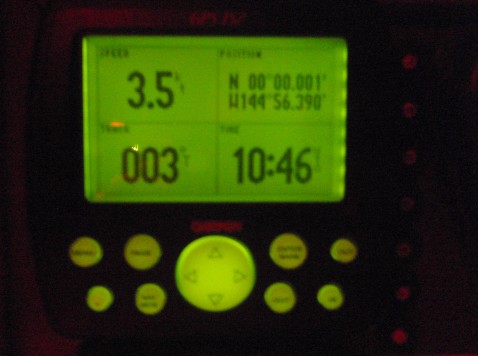
Crossing the Equator again
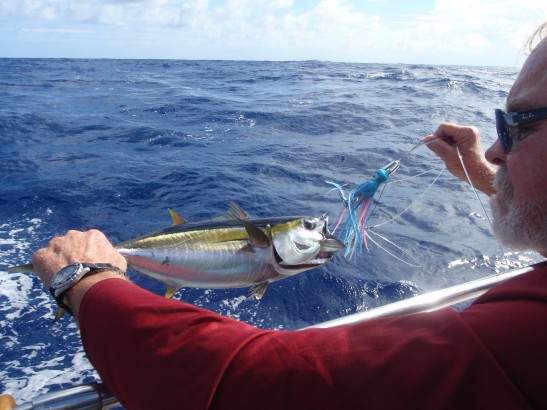
Small Yellowfin Tuna
We continued north in search of the northeast tradewinds. We sailed for a while, but our winds decreased and rain clouds moved in. We motorsailed until we found the trades at 09˚17’N on day 15.
Phase II was 578 miles and took us 4 days 12 hours for an average of 5.35 knots. This was still a bit slow but an acceptable pace. We were particularly pleased that the ITCZ was only 3˚ wide and we got through it relatively quickly.
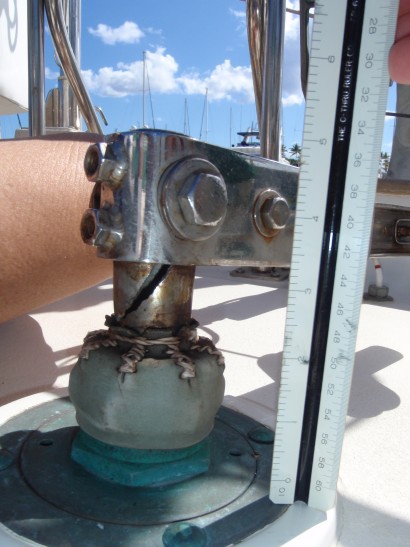
Fractured Rudder Post Extension
The winds and seas abated in the lee of the Big Island, and we motorsailed a course of 320˚ toward Honolulu. As expected, the winds and seas increased as we passed 40 miles downwind of the Alenuihaha Channel (between the Big Island and Maui). The winds were 30 knots, and the seas were 12’. They eased when we got in the lee of Maui, but we also found 1 knot of adverse current. The winds increased again to 24 knots in the Kaiwi Channel (between Molokai and Oahu), and there were a lot of boats on the water – more than we had seen in a long time.
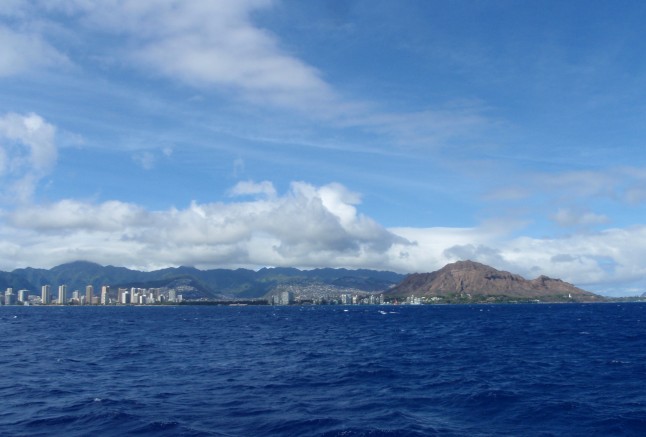
Approaching Honolulu
We pulled alongside the dock at the Hawaii Yacht Club at 0230Z on June 19. Phase III had taken us 7 days 4 ½ hours to travel 1,029 miles for an average speed of 6 knots.
Overall we traveled 2,712 miles over 21 days 16 hours 48 minutes for an average speed of 5.2 knots – slow but the best we could do in the conditions. We made countless sail adjustments, and we never flew a full main – always at least a single reef and often a double. We fished only a few times, and we caught only one fish. It was a trying passage, but it brought us home.
Return to our home page